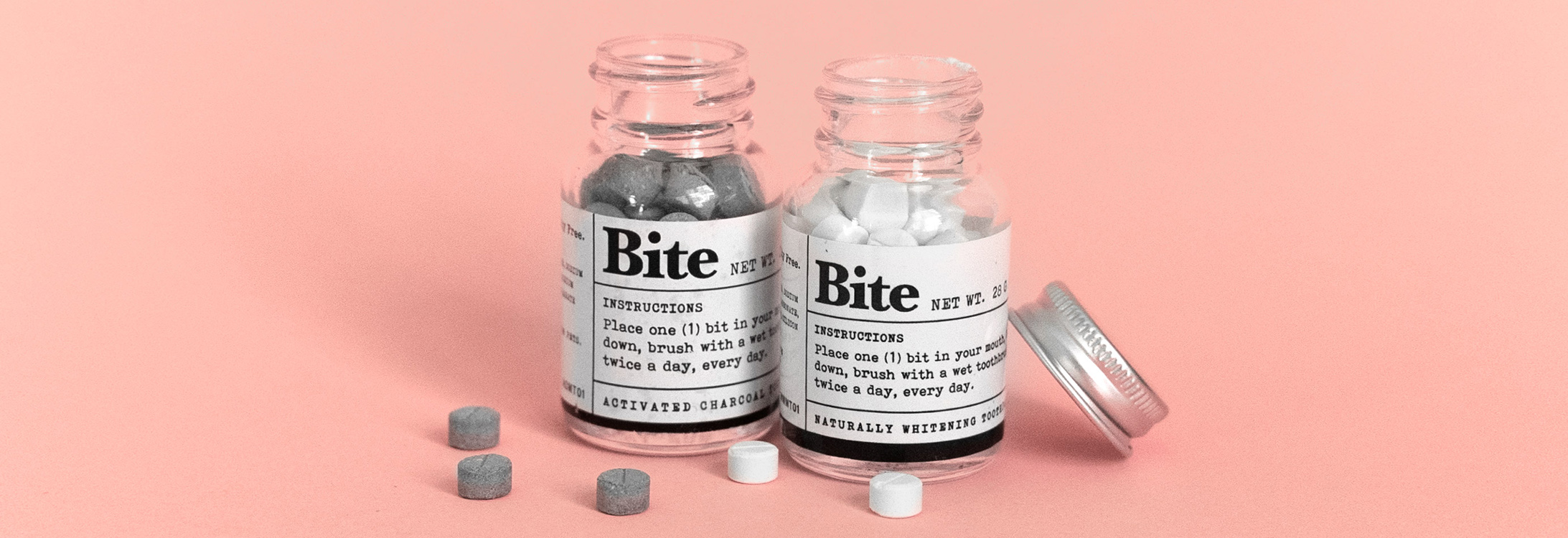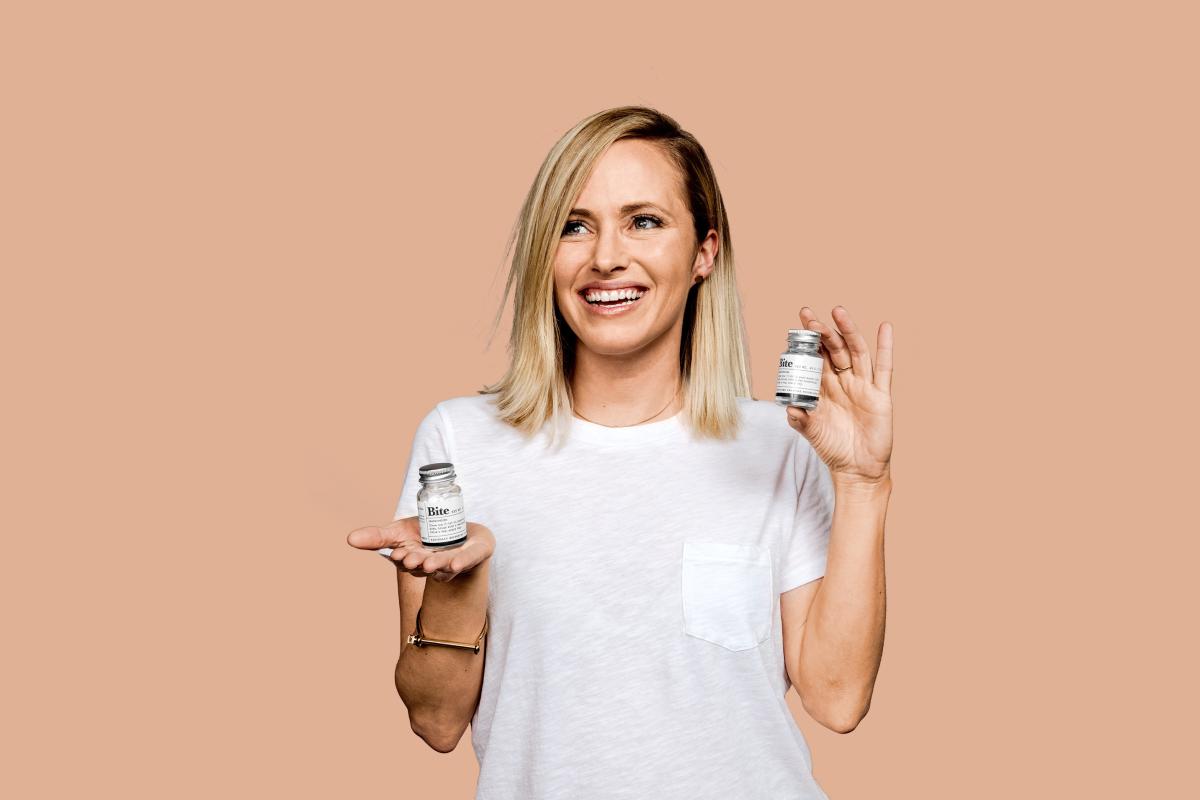Design is central to sustainability. It can be a force for good. Or design can foster unsustainability, by creating throwaway and harmful products.
The answer to the question – why all the packaging? – is marketing. Few products need much protection. What most packaging does is compete for attention on the supermarket shelf. It turns generic products into branded goods. Any brand of modern washing powder will do the job (and they did the job pretty well 40 years ago). Through brand positioning they preserve the illusion of choice, value, and difference. Persil positioned itself as mother’s care for clothes. Ariel as the science of cleaning. Much easier to justify paying more for one of these.
Consumer research might show that people will buy a sensitive teeth toothpaste, one for tartar, or one that is whitening. The brand then creates colours, naming, packaging to reinforce this perceived difference. Much of all this is pure marketing and cosmetic rather than functional. The blue or red stripes do nothing. Neither does the foaming. Or the flavour. All that works in most toothpaste is fluoride and friction.
What if you wanted to make a better toothpaste? One that didn’t send billions of unrecyclable plastic tubes to landfill. That wasn’t packed with chemicals. That was natural and good for you as well as effective in looking after your teeth. Lindsay McCormick did just that with a new brand called Bite. I think it’s well worth delving into as a shining example of how to redesign life.
McCormick was a hard-working TV producer for an American TV show called House Hunters. And a passionate environmentalist. McCormick hated going through so many toothpaste tubes. She decided to make her own alternative – originally just for friends and family – and started out by researching what goes into toothpaste.
This is a huge hint for aspiring entrepreneurs. Do your research. It literally is 90% of the job. Your industry – any industry – will do things in their usual way. It’s like a house of cards. If you remove cards at the bottom, then the whole stack will come tumbling down. So, you need to build a different stack from scratch and find ways to make it stand up.
First, McCormick tried everything on the market. From DIYers on Etsy, to health food shops, to big brands. But nothing was good enough. For a start, nearly all of it came in plastic. Then there were the ingredients. McCormick also wanted it to be natural and not full of chemicals. So, she took online academic courses in cosmetic chemistry. Then went to the patent office to research what exactly went into existing toothpastes and why. What she discovered was that toothpaste was like fast food. It’s legal to sell but far from good for you. Fundamentally, most toothpastes are made of baking soda, water, and abrasives like hydrated silica.

McCormick also discovered that if you take the water out it becomes self-preserving. That some natural toothpastes use kaolin clay instead of silica. And that natural sugar alcohols could be used to prevent bacteria from sticking to teeth. Add a few other ingredients and Lindsay had a natural formulation that could be a solid chewable tablet that would taste good, clean good, be self-preserving, and also be natural and healthy to put in your body. The tabs would get rid of plastic tubes and people would chew them to make them into a paste before brushing.
That was step one. The next question was how to make these tooth tabs? Remember: Lindsay’s ambition at this stage was limited to friends and family. She couldn’t just go to a factory. If she had, then she would have found that minimum orders and so on were blockers.
How could McCormick manufacture tablets efficiently at home? She guessed the people who make ecstasy pills must have a way of doing this. (Genius!) Sure enough, research online led to an affordable pill-making machine. McCormick ordered one from a firm in Texas and visited the company to learn how to use it. This machine made one pill at a time. So, then she ordered a bigger machine making 5000 pills in one hour. (McCormick uses the smaller machine to test out new flavours, so it didn’t go to waste.)
McCormick’s original toothpaste did not contain fluoride. Which meant it was classed as a cosmetic and did not need certification. She packaged Bite tabs (great name) in non-plastic containers – cardboard boxes originally. Later she used little glass bottles with a printed label. You keep the glass bottle and then get the refills in biodegradable pouches through the post. Lindsay got the word out through friends and family. Several friends had vegan and health blogs who featured the product. And the business started to grow through word of mouth.

Gradually new pieces were added to the business. A Shopify ecommerce site. Reviews by independent bloggers who discovered Bite. A deal with a factory to scale the production. By popular demand, Bite later brought out a version with fluoride. And every step of the way McCormick kept asking questions and finding better choices. For instance, Bite ships by US Postal Service. Because in carbon terms this is like hitchhiking on an existing journey rather than creating a new courier journey. It takes longer but hey, just order a bit earlier. Having control over the whole process meant that Lindsay made a profit in year one. Of course, it helps that the US media picked up the story and created huge public interest.
There are millions of home businesses that start out like Bite. Some will progress to selling in local gift shops or online. But Bite is something different. It is the product of a pragmatic mindset and of never taking ‘no’ for an answer.
Bite in its apothecary style bottle makes conventional toothpaste look like trash. It makes your bathroom shelf look boho chic, rather than like a poster site advertising Colgate. The product is perfect for Instagram, for passionate bloggers and friend to friend recommendations. I posted about it in social media, long before writing this case study. Just because it’s a great idea.
The point is that everyone making products, services, and brands needs to be more like McCormick. We need to redesign life. In previous books I have described how a successful brand isn’t a single idea. It is a molecule of connected ideas. Some of these are original. Many are borrowed from other contexts. The pill bottle, ecommerce subscription, and refill; the machine used for making ecstasy pills, kaolin clay, and chewable toothpaste tablets. None of these was new. But the Bite brand combining all these created a breakthrough that just works.
This is an edited extract from Greener Marketing by John Grant (Wiley, 2020).
About the author
John Grant started his communications strategy career at JWT and then BMP-DDB where he won the IPA Effectiveness Grand Prix. He went on to become co-founder and head of strategy at London creative hot shop St Luke's (as featured in the Harvard Business Review, Fast Company Magazine and Campaign Agency of the Year). Since then John has advised clients such as BBC, IKEA, Microsoft, Natura, and Unilever on brand, marketing, behaviour change, strategy and innovation.



